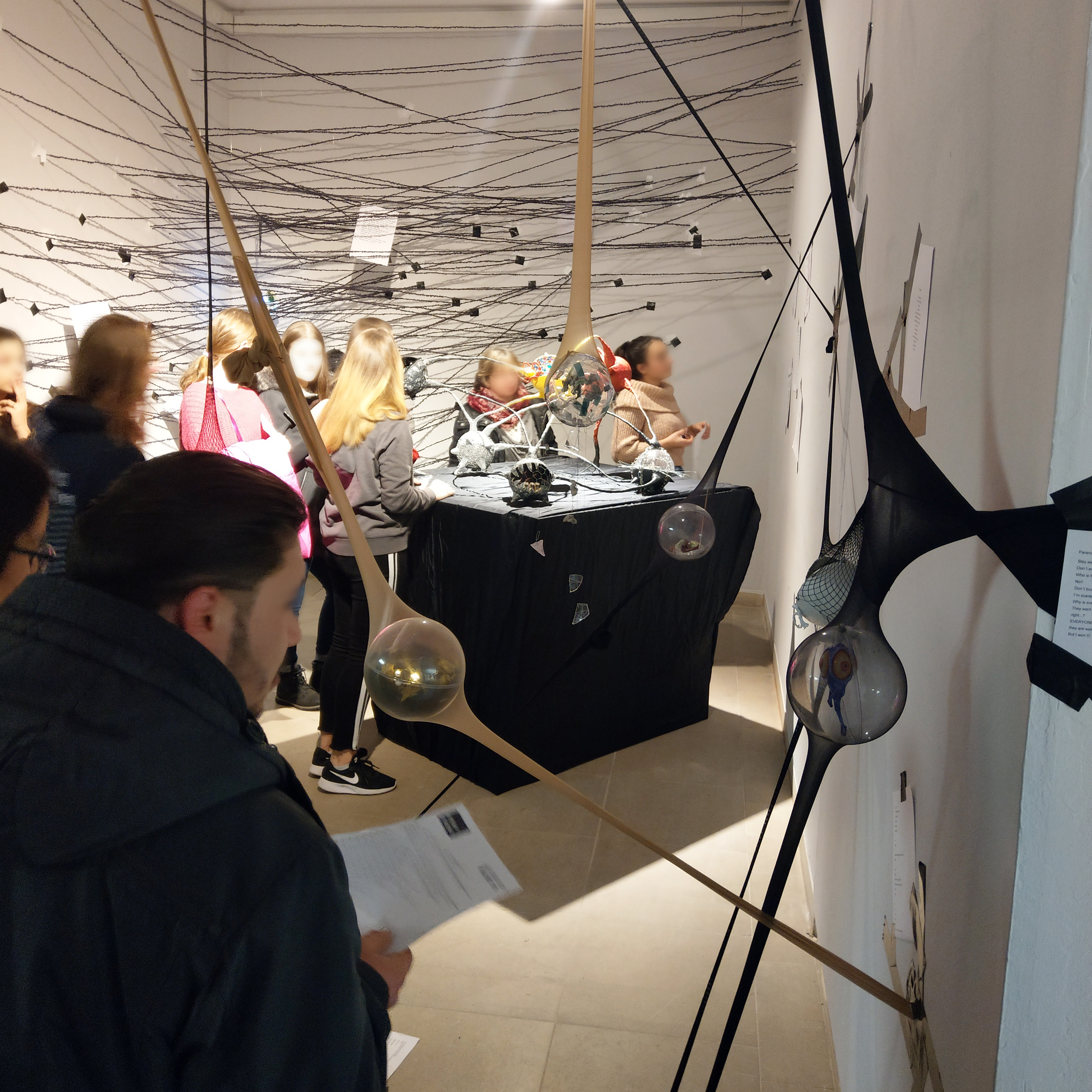
Heading
:
Karl Kunz
Fantastic Bodies
The figures in the works of German painter Karl Kunz (1905–1971) transcend the boundaries of human anatomy, find themselves in unreal, dreamlike scenarios and dissolve into abstract colour fields. Kunz's vivid, multi-coloured, exuberant compositions are strongly influenced by Surrealism, but also testify to his interest in contemporary artists such as Pablo Picasso, Oskar Schlemmer, and Max Ernst. The young painter's career was harshly interrupted by the Nazi regime when he was forced to leave his post at the Burg Giebichenstein University of Art and Design in Halle in 1933. Nevertheless, Kunz developed into one of the most innovative German figure painters of the post-war period. Although he participated in the Allgemeine Deutsche Kunstausstellung in Dresden in 1946 and exhibited at the Venice Biennale in 1954, he is only loosely anchored in the art historical canon. Thus, Kunz is a true rediscovery today. The exhibition “Fantastic Bodies” shows the originality and innovative power of Kunz's oeuvre taking his depiction of the human figure as an example.








.jpg)

.jpg)



















